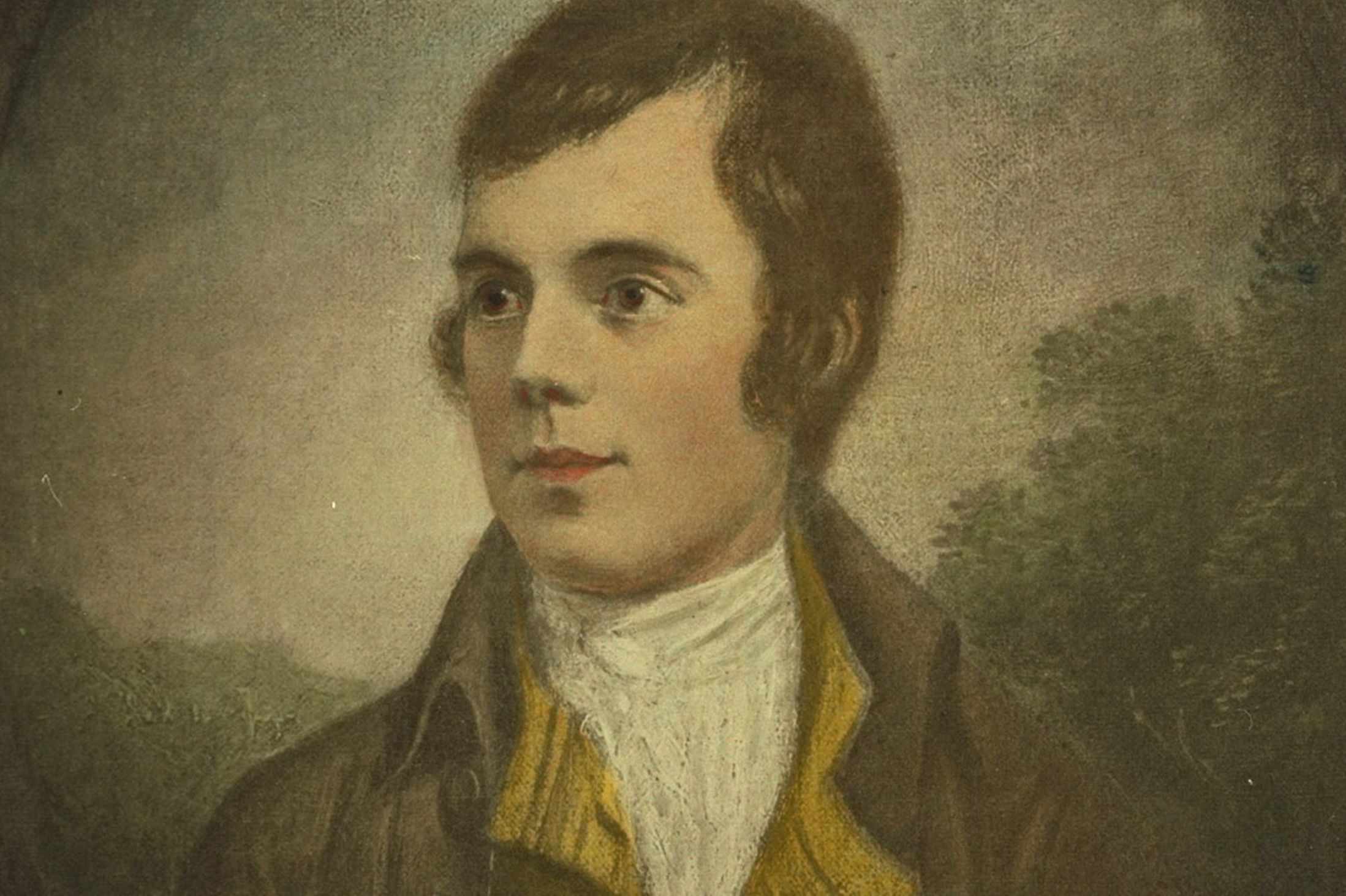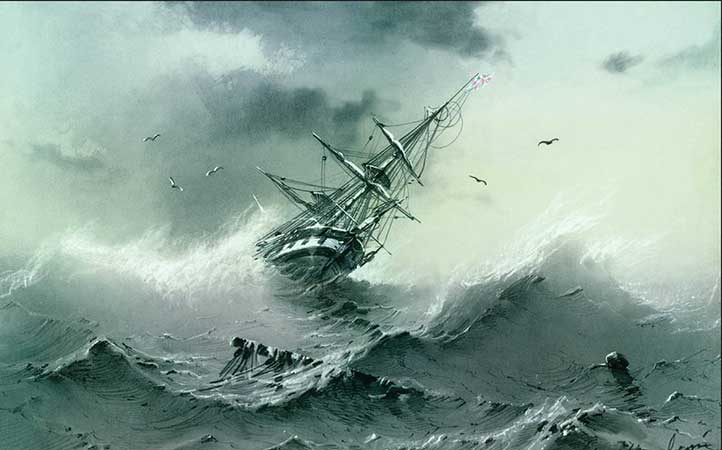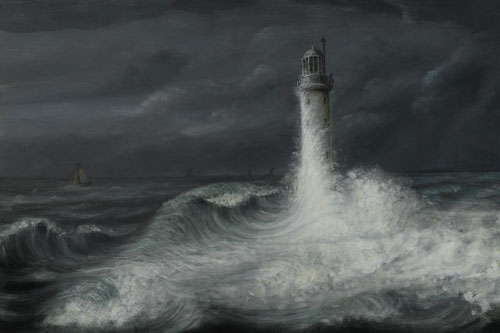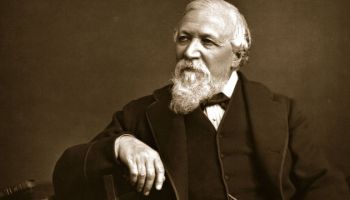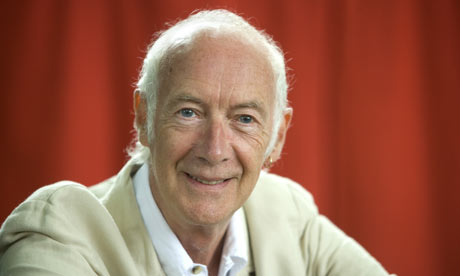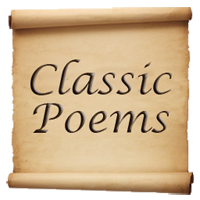Introduction to the Poet:
Robert Burns was a Scottish poet and lyricist. He is generally thought to be the national poet of Scotland because he is the most widely read among all poets who have written in the Scots language. Burns has also written in English and a light Scots dialect, so that his poetry would be understood by an audience beyond Scotland as well. He has even written in standard English.
The volume of works by Burns which came to be known as Poems, Chiefly in the Scottish dialect came out in 1786. Also called the Kilmarnock volume, it contained much of his best writing.
In 1791, Burns was requested to write lyrics for The Melodies of Scotland, and he responded by contributing over 100 songs. He made a lot of contributions to George Thomson‘s A Select Collection of Original Scottish Airs for the Voice and also to James Johnson’s Scots Musical Museum.
In addition to making original compositions, Burns also collected folk songs from across Scotland, often revising or adapting them. While “Scots Wha Hae” has often served as an unofficial national anthem of the country, no other poem by him is as famous as “Auld Lang Syne”.
About Ae Fond Kiss:
“Ae Fond Kiss” is Burns’ most well-known love poem. This poem is made up of 3 stanzas. Each of these stanzas is again made up of 8 lines each. Hence, the total number of lines in the poem is 24. This poem is written in the first person. Hence, we can assume that the speaker of the poem is the poet himself.
Summary of Ae Fond Kiss:
Stanza 1:
The poet begins this stanza by saying that he shall separate from his beloved after a single kiss of love. He bids her goodbye for he shall never see her again. He promises his beloved that he will shed tears from the depth of his heart at their parting. The poet then makes a play on the double meaning of the word “wage” – payment for services rendered, as well as the waging of war. He says that the price he must pay for having loved her is the groans that their separation will leave him with. He also says that he will have to struggle against the disappointing sighs that will result from her going away and leaving him behind. Then the poet turns away from himself and focuses on more fortunate men. He says that if there is a possibility of being reunited with their beloved, then men cannot complain that the fickle goddess Fortune has forsaken them. For them, there is still a glimmer of hope. However, the poet’s case is different. There is no such hope of reunion. Hence, he can only see dark night around him.
Stanza 2:
In this stanza, the poet is not at all hesitant to admit that he has been extremely partial to his beloved. He also says that he has always fancied her, or been attracted to her. This was unavoidable for him, and so he does not blame himself for being unable to resist her charms. He also reveals that his beloved is called Nancy. He says that one sight of her was enough to ensure that 3 things – that the poet would start to love her, the poet would love only her and no one else, and that his love for her would last his entire lifetime. Next, the poet imagines an alternate reality – a set of events that could just as easily have happened as that of him falling in love with her. He imagines that they had never met each other, had never loved each other and had never parted either. In describing the negation of their love, or more aptly, its non-occurrence, he characterizes their love as “kind” and “blind”. That is, he reveals that they had loved each other generously against all odds. They had been willing to give up anything and everything for each other. However, if they had not loved each other in that way, then their hearts would not have been broken by their parting.
Stanza 3:
In this stanza, the poet tells his beloved that she is the first person he has loved so deeply, that she is the most beautiful woman he has had the fortune of knowing, that she is also unequalled in her virtuous nature and that she is dearer to him than everyone else. That is why he hopes that she will be safe and healthy wherever she is. He also hopes that his beloved gains every form of happiness, wealth, peace, love and luxury in life. The poet then goes on to repeat the first four lines of this poem. He says that they must part with just one more kiss, and that this is goodbye forever. He shall cry every time he is reminded of her. He will pay for his memories with sighs, and must wage war against such distressing emotions if he is to learn how to live without his beloved.
Critical Analysis of Ae Fond Kiss:
This analysis of Robert Burns’ “Ae Fond Kiss” is divided into three parts – context, rhyme scheme and rhetorical devices, vocabulary, and autobiographical element.
Context:
Burns’ “Ae fond kiss and then we sever”, commonly shortened as “Ae Fond Kiss”, was set to music by the blind Scottish harp player Rory Dall. After that it was included by George Thomson in his collection of Scottish lyrics entitled Scots Musical Museum.
Rhyme Scheme and Rhetorical Devices:
Each of the 3 stanzas in this poem is made up of 4 pairs of rhyming couplets. That is, each stanza follows the rhyme scheme AABBCCDD.
Throughout the 3 stanza, the poet uses the device of apostrophe. This rhetorical device is used when a poet addresses his or her poem to an absent or silent audience. Here the poet addresses his words to his beloved, bidding her farewell and lamenting their parting, but we do not see her at any point of time in the poem.
In the 1st stanza, the poet uses the device of personification. This rhetorical device is used to bestow human qualities on something that is not human. Here the poet personifies his sighs and groans in line 4 by giving them the ability to wage war against him. In line 5, he personifies fortune or good luck by imagining it in the form of a goddess who controls the fate of men and may choose whether to reunite them with their lovers or not.
The poet also uses the device of metaphor in the 1st stanza. This rhetorical device is used when a covert comparison is made between two different things or ideas. In line 6, the poet compares hope with a star. In contrast to this, despair is compared with a dark and starless night in line 8.
Vocabulary:
Since this poem is in Scots, some of the words used by Burns are a bit difficult to understand. For example, the word “ae” used in the title means sole or single. The word “sae” used in lines 5 and 6 of the 2nd stanza means “so”. The word “ilka” used in line 3 of the 3rd stanza means “every”. As you can see, some of these words are similar to their equivalent words in standard English, but others are not. Hence, it is important to understand Burns’ vocabulary if one is to interpret this poem correctly. However, apart from these few words, the rest of the poem is quite easy to follow, and quite relatable as well. That is what makes this poem accessible to all readers, whether they are familiar with the Scots language or not.
The autobiographical element of Ae Fond Kiss:
Burns is often categorized as a pre-Romantic poem. This is because he shares the subjectivity of the Romantics. Hence, an autobiographical element in his poems should not surprise us, and that is exactly what we find in “Ae Fond Kiss”. After the success of Burns’ first collection of poetry entitled Poems, Chiefly in the Scottish Dialect, he decided to pursue a literary career. To do so, he travelled quite regularly to Edinburgh and stayed there as well. At Edinburgh, Burns was drawn into a relationship with one Mrs. Agnes Maclehose, whose husband used to live in Jamaica. Burns and Mrs. Maclehose kept up a regular correspondence for many years. They are said to have used the pseudonyms ‘Clarinda’ and ‘Sylvander’ while writing to each other (although this seems to be a point of contention, as the poet reveals his beloved’s name to be ‘Nancy’ in this poem). In 1971, Mrs. Maclehose was to shift to Jamaica to be with her estranged husband. After their final meeting, Burns wrote “Ae fond kiss” and sent it to her in a letter on 27th December of that year before she boarded the ship from Edinburgh. That letter can now be found in the National Library of Scotland.
That Burns should be so unhesitant to express his innermost feelings for a married woman is what makes this poem unique for the time in which it was written. For most of the 18th century, the predominant themes of English poetry were impersonal wit and irony. However, Burns introduces a new vein into English poetry when he allows his personal emotions to form the subject matter of his writing.
Some online learning platforms provide certifications, while others are designed to simply grow your skills in your personal and professional life. Including Masterclass and Coursera, here are our recommendations for the best online learning platforms you can sign up for today.
The 7 Best Online Learning Platforms of 2022
- Best Overall: Coursera
- Best for Niche Topics: Udemy
- Best for Creative Fields: Skillshare
- Best for Celebrity Lessons: MasterClass
- Best for STEM: EdX
- Best for Career Building: Udacity
- Best for Data Learning: Pluralsight

